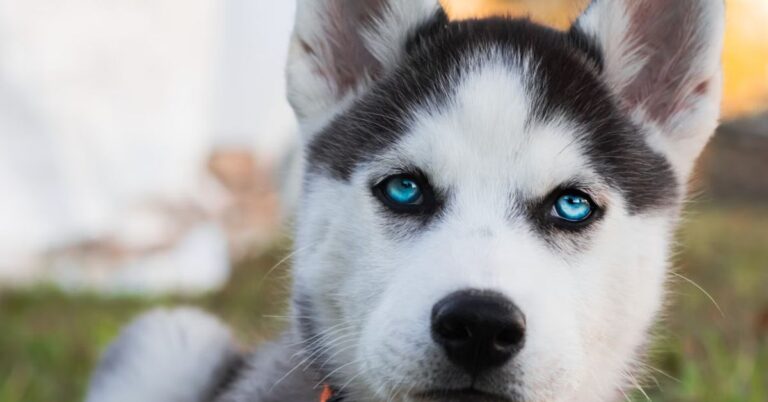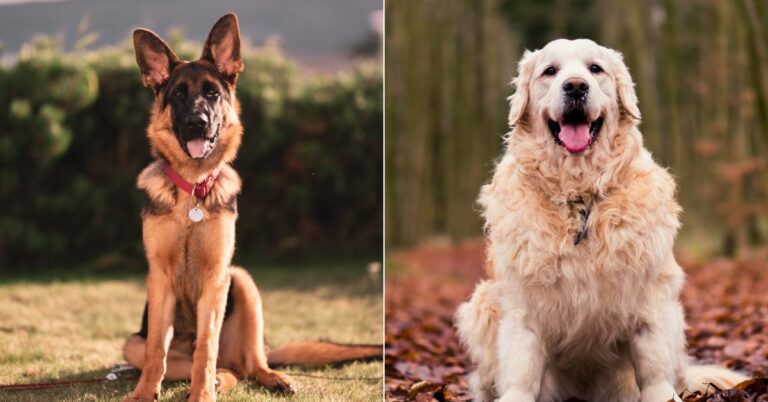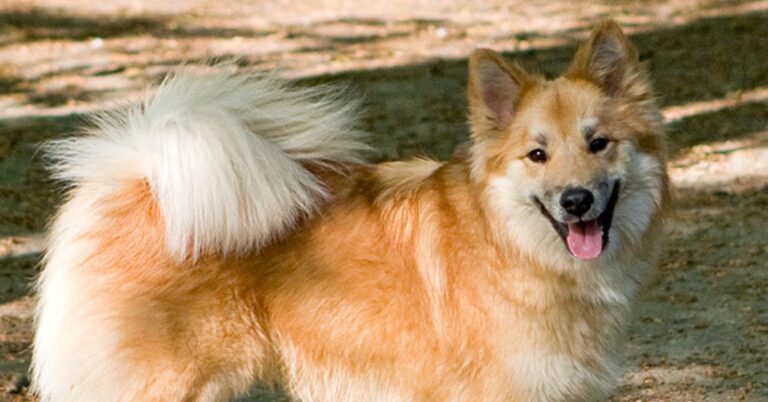10 Poodle Colors That Make This Breed Even More Beautiful

Poodles come in a surprising range of colors that many people don’t expect. Some shades are rare, others are more common, but each one gives the breed a slightly different look. So, if you’ve ever wondered how many colors a poodle can actually have or which ones stand out the most, you’re in the right place. Let’s take a look at ten poodle colors that show just how versatile this breed really is.
Red
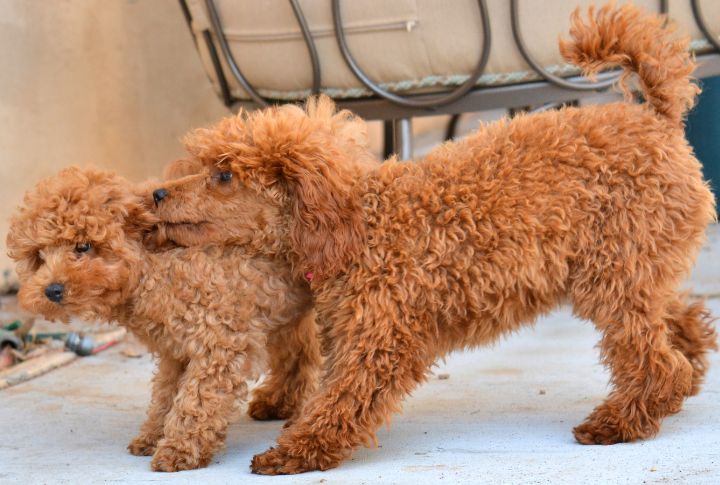
Red poodles owe their vibrant coats to recessive genes linked to deep apricot roots. Though recognized by the AKC in solid form, their coloring often shifts with age. Interestingly, this unique hue gained fame through breeder Shirlee Kalstone’s efforts in the 1980s.
Apricot
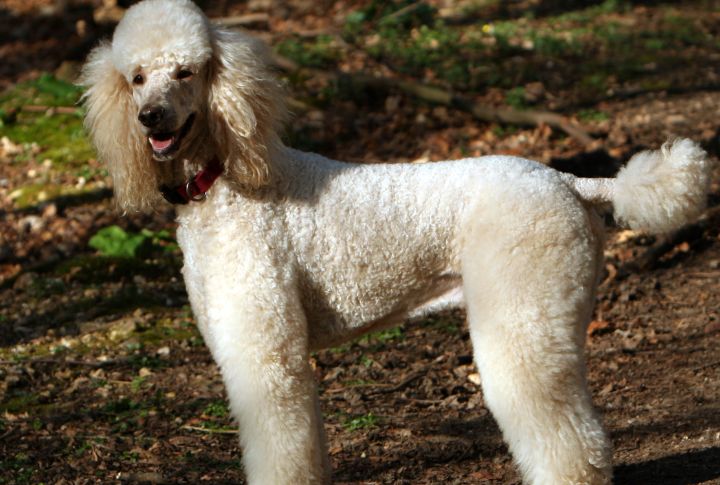
Recognized since 1898, apricot poodles bring a warm, peachy charm to the breed. Over time, their coats lighten, revealing golden sun-kissed highlights. Some even sport liver-colored noses, adding to their rarity. This color is show-approved and remains a beloved favorite among conformation enthusiasts.
Blue
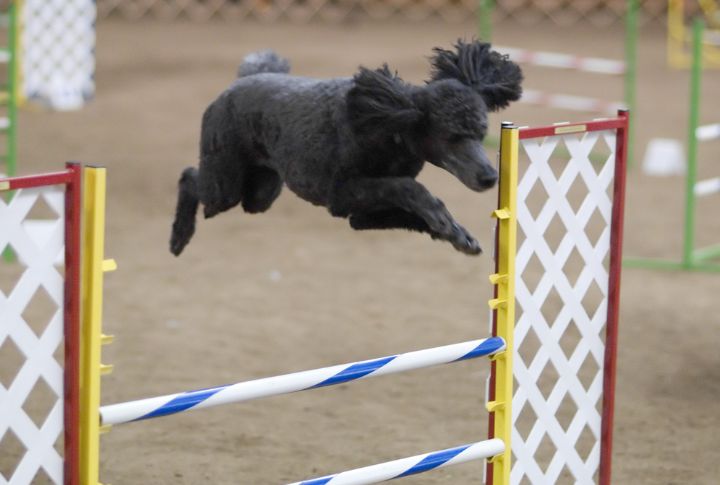
Born black, blue poodles gradually shift to a smoky gray-blue over two years. The American Kennel Club accepts the color, which glows with a metallic sheen in sunlight. However, many people mistake the coat for silver due to its similar tone and reflective quality.
Cream
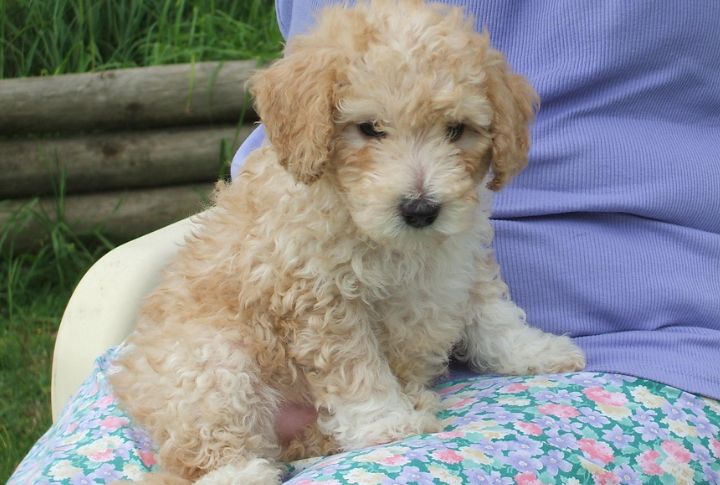
Cream poodles carry a heavily diluted red or apricot base, creating a coat that resembles ivory or soft champagne. The darker shading on the ears adds gentle contrast, while nose and paw pad colors vary—some strikingly black, others liver-toned—all accepted in AKC conformation rings.
White

Favored by champions and spotlight regulars at Westminster, white poodles shine with elegance. A true show-standard coat must be pure white with distinct black points. Many retain a luminous glow thanks to a fading gene, though tear staining occasionally interrupts the otherwise pristine appearance.
Brown
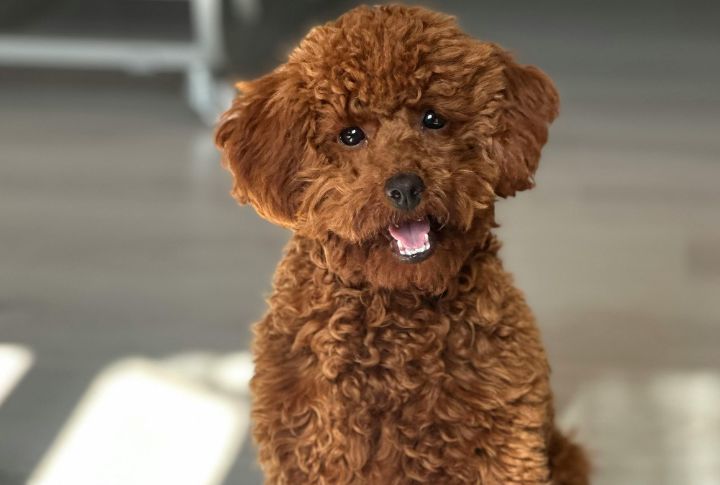
A rare warmth defines the brown poodle, created by a bb genotype that turns black pigment into rich chocolate. Sunlight can subtly shift the coat’s tone, deepening or lightening its hue. Moreover, amber eyes usually accompany the color, which adds to its unique presence.
Gray
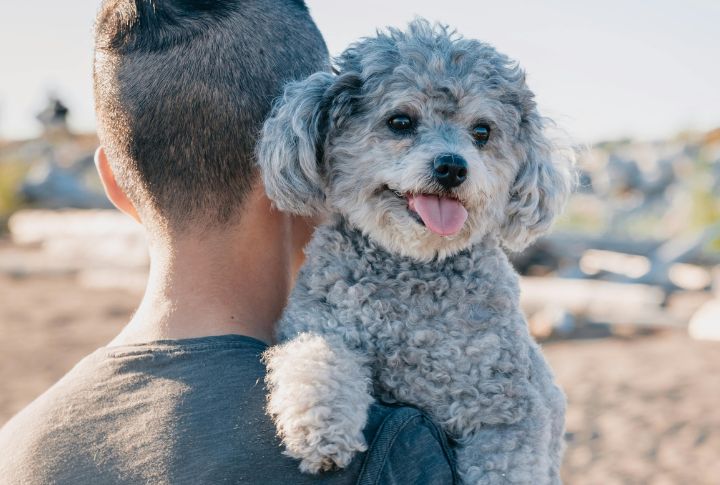
Gray poodles offer an elegant look that sets them apart from silver and blue varieties. Some begin life in soft gray, while others gradually fade into the shade as they mature. Paired with an exceptionally soft coat texture, this color brings both visual charm and tactile appeal to the breed’s already refined presence.
Cafe Au Lait
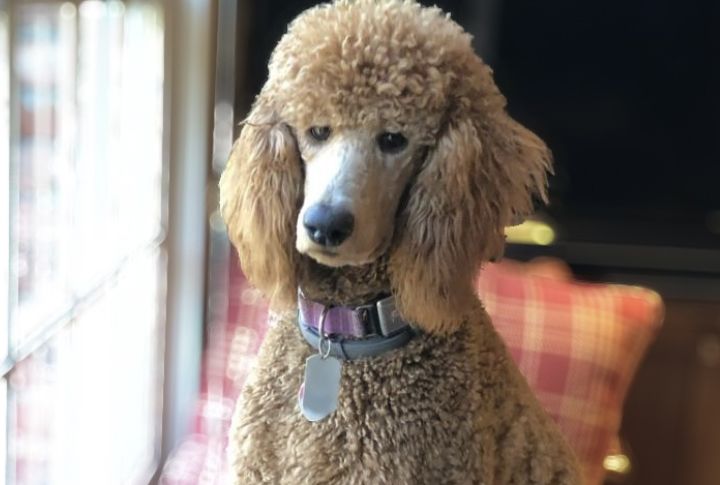
Cafe au Lait Poodles showcases a milky beige coat that begins as dark brown and lightens with age. This diluted shade of brown is recognized by the AKC and is usually paired with hazel eyes. Though beautiful, the color tends to fade, requiring extra care to preserve its signature glow.
Silver
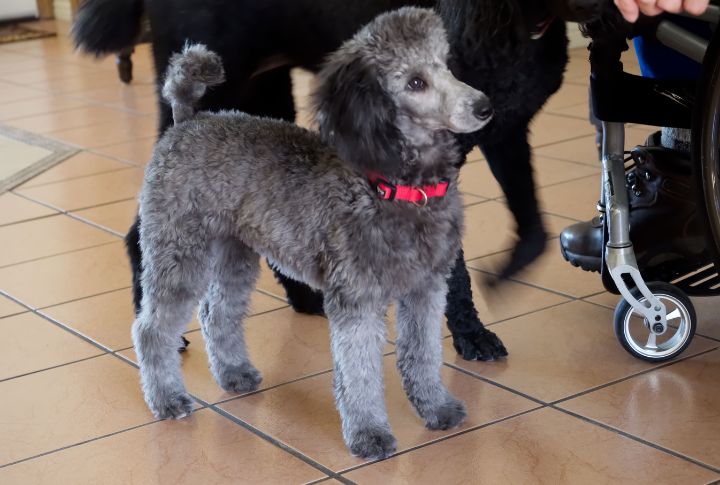
Jet black at birth, silver poodles lighten gradually as the progressive graying gene works its magic. By age two, a gleaming silver coat takes full form. In sunlight, the fur can shimmer with a platinum glow—an eye-catching trait favored in the show ring.
Black

Bold and timeless, black poodles feature a deep, solid coat with no hint of secondary tones—an AKC-standard color. Unlike other shades, true black stays rich over time. Sunlight can reveal subtle blue reflections, and many enthusiasts associate this striking hue with exceptional intelligence.
